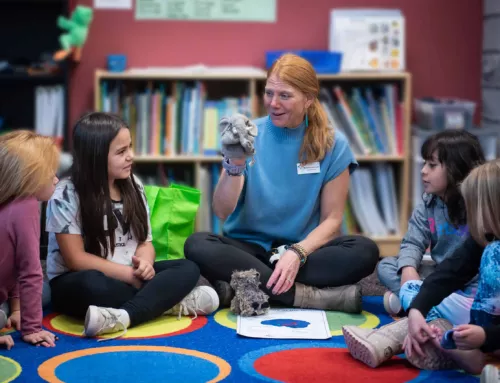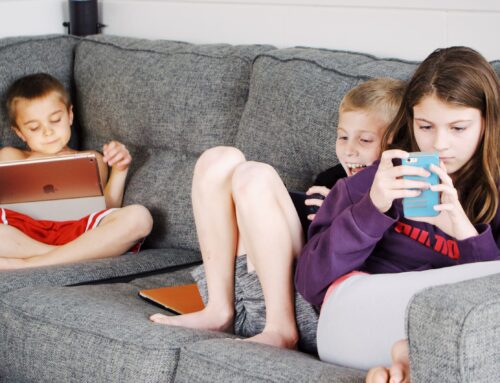When I first introduced “brain breaks” in my first-grade classroom back in 2014, the concept was relatively new and not widely embraced in education circles. As a burnt-out mom and experienced teacher, I quickly adopted these short pauses, and the results were almost immediate. A simple 1-3 minute break brought a sense of calm to both me and my students, transforming the classroom energy like magic. The learning environment became more focused and harmonious.
Over the past decade, brain breaks have evolved. What began as a straightforward pause to breathe and refocus has expanded to include activities like short recesses, GoNoodle sessions, and free time. It’s now well-established that social and emotional skills—like managing emotions and building relationships—are critical to academic and life success.
Let’s revisit the fundamentals of this simple yet profoundly beneficial practice in the classroom.
What Are Brain Breaks?
A brain break is a short, calming practice designed to help both students and teachers regain focus and calmness. It’s distinct from a movement break, although both have their benefits. The aim is to soothe the amygdala (the brain’s “Guard Dog”), signaling that “I am safe and don’t need you right now,” while engaging the prefrontal cortex (the “Wise Owl”) to prepare for learning.
Why Brain Breaks Matter
Today’s students face more dysregulation than ever, and teachers are feeling the pressure. It’s crucial to take a moment and reflect on the heightened emotions present in the classroom. How can we use short pauses throughout the day to address this dysregulation?
The brain thrives on consistency. By practicing intentionally, we can nurture happier, healthier brains for both ourselves and our students. Imagine a world where every classroom is grounded in calm and focus!
How to Implement Brain Breaks with a Trauma-Informed Approach
Creating a sense of security is essential for all students, particularly those who have experienced trauma. These students often remain in a state of hypervigilance, constantly assessing their surroundings for safety. Therefore, the way brain breaks are introduced and executed can significantly impact their effectiveness. Forcing students into specific practices, like closing their eyes or sitting in a particular way, can be counterproductive. Instead, offering choices that respect their individual needs fosters a more inclusive and supportive environment.
Here’s how to thoughtfully implement brain breaks while being mindful of each student’s unique experiences:
-
Frequency: Schedule short, consistent breaks multiple times throughout the day. Regular pauses help the brain reset and refocus.
-
Setup: Gather students either in a circle or at their desks. Younger students often benefit from the community aspect of a circle, while older students may prefer staying at their desks.
-
Ask: Start with a simple question: “What will work best for you today?” This allows students to express their preferences and feel more in control.
-
Empower: Provide options that let students choose what feels most comfortable for them. For instance, they might prefer sitting in a specific way or taking deep breaths in their own manner.
-
Practice: Guide students gently, encouraging them to close their eyes or gaze downward, but never force participation. Invite them to take a comfortable seat and focus on their breathing. Use calming phrases like, “You can take a deep breath or find peace in your mind or body.” Softly ring a chime and ask them to listen until the sound fades. Once it’s silent, students can raise their hands to signal they are ready to continue.
-
Acknowledge: Understand that each student’s past experiences shape their comfort with brain breaks. After the break, invite reflection with questions like, “Does anyone want to share how they feel after the break?”
By incorporating trauma-informed practices, you create a safer and more inclusive environment, enhancing students’ ability to self-regulate. This approach transforms brain breaks into a powerful tool for fostering learning and emotional well-being.
The Ripple Effect of Brain Breaks
The impact of these calming practices goes far beyond the classroom. I’ve heard countless stories illustrating how brain breaks influence students’ lives:
- 10 Years Ago: A mother told me her first-grader and a friend created a calm-down corner and took deep breaths after a disagreement during a playdate.
- Just Yesterday: A 7th-grade student approached me at the grocery store saying, “We didn’t do our chime break today, and we really needed it!”
Children are looking to the adults in their lives to model how to slow down and find calm amidst a hectic world. They’re practically begging us to pause and take these moments with them. Introducing brain breaks into your classroom offers a fresh start toward creating a more calm and focused environment for everyone.
By incorporating these simple practices, we not only improve the classroom dynamic but also plant seeds for lifelong skills in self-regulation and emotional resilience. Let’s commit to building happier, healthier brains for ourselves and our students—one mindful breath at a time.
Resources
About the Author
Amanda Petersen
Amanda is the Executive Director of FocusedKids. As a licensed professional counselor, parent, and former teacher, she has a wealth of experience and knowledge that she is able to rely on in guiding the organization.



